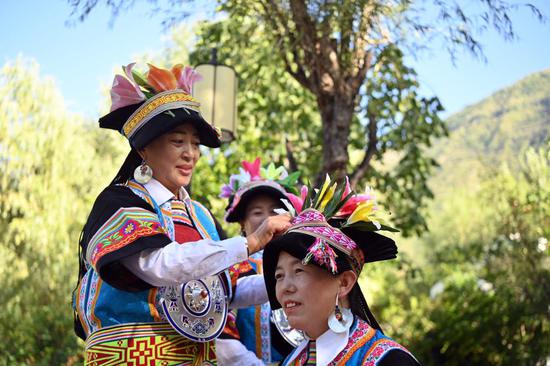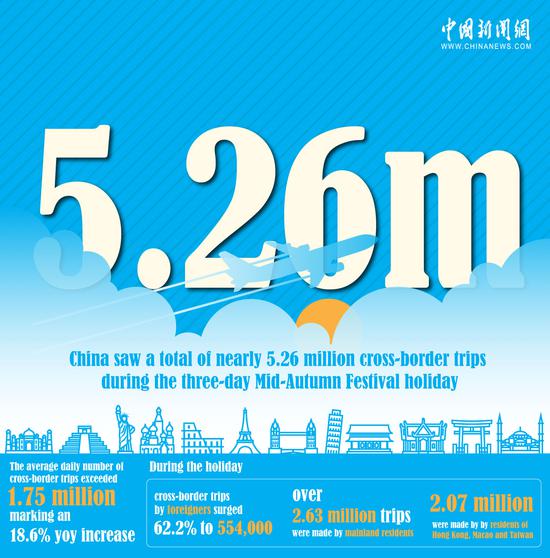The People's Bank of China (PBOC), the country's central bank, announced a 50 basis point cut in the reserve requirement ratio (RRR), effective Friday. The cut will lower the weighted average RRR for financial institutions to around 6.6 percent. Experts believe that the reduction is an important manifestation of supportive monetary policy, which will continue to boost market confidence.
The RRR cut plan was first announced by central bank governor Pan Gongsheng, along with a range of other significant policy support measures, at a press conference on Tuesday. Analysts stated that these measures will further promote stable economic growth.
The swift RRR cut sends a positive policy signal to the market and society, boosting confidence and easing potential pressures in the market, Liu Tao, an economist of the Guangkai Chief Industry Research Institute, told the Global Times.
The RRR cut is expected to provide approximately 1 trillion yuan in long-term liquidity to the financial market, boosting the overall money supply and ensuring sufficient market liquidity, according to Liu.
On Friday, the PBC also reduced the seven-day reverse repo rate from 1.7 percent to 1.5 percent.
On Tuesday, China's central bank, top securities and financial regulator, unveiled a series of monetary stimulus, property market support and capital market strengthening measures to boost the country's high-quality economic development.
The PBC adheres to a supportive monetary policy stance, intensifies the strength of monetary policy regulation, and enhances the precision of monetary policy control, in order to create a favorable monetary and financial environment for the stable growth and high-quality development of the Chinese economy, a PBC statement read on Friday.


















































 京公网安备 11010202009201号
京公网安备 11010202009201号